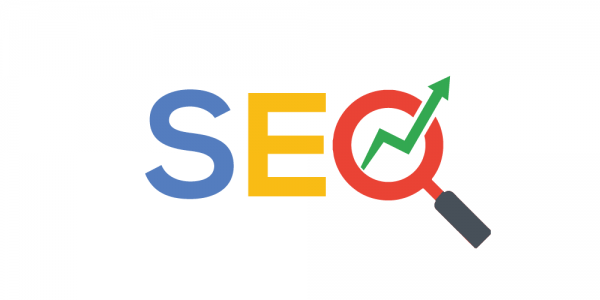In 2021 so far alone, Google has received more than 360 billion searches, as reported by Internet Live Stats. So it’s time for the critical question. How do you get your site up and running for relevant search results? The not so simple answer is by optimizing search engines. Online search engines give us an instantaneous catalog of companies and try to point us in the direction of whichever product/service we need. However, with so many web properties continuing to be indexed by search engines, it’s becoming increasingly tricky for new websites to stand out amount the crowd.
Search engine optimization (SEO) increases the visibility of a website to search engine users via organic (i.e., unpaid) methods. Solid SEO strategy doesn’t involve purchasing ads or paid placements at the top of search engine results pages. However, there are two crucial parts of every SEO strategy: on-page and off-page. Simply focusing on developing for one of the two, you can kiss your chances of ranking on the first or second goodbye. But before you do that, you must understand the difference between the two.
An overview of On-page SEO
On-page SEO encompasses all of the visibility optimization techniques implemented on your website, specifically in the hopes of ranking better. In other words, on-page SEO tailors the content of a website to appeal to users and search engine crawlers alike. You must understand that SEO needs appropriate content for a dual audience: regular web users looking for relevant content and robotic web crawlers that scour for web pages to categorize and link. Solid on-page SEO strikes the ideal balance between appealing to the general web user while sprinkling in the technical metadata, specific keywords, and formatting web crawlers crawl for.
There are dozens of different on-page SEO factors that search engines like Google and Bing consider when indexing and ranking a website. Here are a few of the most crucial on-page SEO factors that search engines utilize:
- Title Keyword: This is one of the main signs for search engines, and it is imperative to include the primary keyword or phrase that you want to rank for (e.g., “best baseball gloves for kids”) at the beginning of the title tag. This way, search engines can recognize your website as a relevant source of information for your specific keyword.
- Heading And Body Keywords: The body text and heading (H1) tag on your web page must include the keywords you want to rank for. It isn’t the early days of the internet anymore; you don’t have to stuff your web content with keywords, as this can even work against you.
- Meta Descriptions: Be sure to include your primary and, if possible, secondary keywords naturally in your website’s meta description tag.
- Length And Formatting: When writing the text of your website, don’t skimp on the words. Google and other search engines prioritize relevant content/articles with added sources and links to provide value to readers.
- Outbound Linking And Duplication: Your webpage should feature unique, fresh content that isn’t found anywhere else online. If search engines crawl your website and detect duplicate content, you could suffer penalties.
An overview of Off-page SEO
As the name suggests, off-page SEO includes all the optimization strategies performed off the website to promote the website’s rankings. As Google’s search algorithm has become more refined and the ranking environment has become more aggressive, off-page SEO practices have become equally significant. Some of the main off-page SEO factors that search engines prioritize in their ranking algorithm:
- Linking: Most off-page SEO is simply a matter of building links to your website. The method is to have your website’s content linked to other reputable sources on the web. The more trustworthy, high-authority domains refer to your website, the more likely search engines will recognize your website as an authority too.
- Domain Authority: It is all about establishing your domain’s authority in the eyes of search engines. The more links that point back to your website from reputable sites, the higher your authority factor.
- Social sharing: One of the most straightforward off-page SEO techniques is creating well-structured and engaging social media profiles and using each of them to link to your web content.
Bridging the difference
On-page SEO leaves you in complete control and allows you to experiment, whereas off-page techniques are selective and somewhat left to chance. This is not to say that you can’t optimize your website using off-page techniques. It just means that you might need to spend a bit more time than initially thought while taking a trial-and-error approach to building out a web of links that refer back to your website.
For a flawless online presence and a high rank of your website, you need to use both types of strategies. Build an excellent website, optimize its content and speed, and then move on to generating backlinks and social media mentions while keeping your website well-maintained with relevant updated content. Now that you know the subtleties of both on-page and off-page SEO, you are ready to adopt pertinent tactics that you think will help improve the rank of your website.
eLink Design is a national web design, application development, SEO, and business consulting firm, founded in 2001 that specializes in custom solutions for over 800 clients around the country. With this blog, we hope to provide insights into what we are working on, areas where we think we can help shed light on problems we hear, and sometimes just cool things we have come across.


